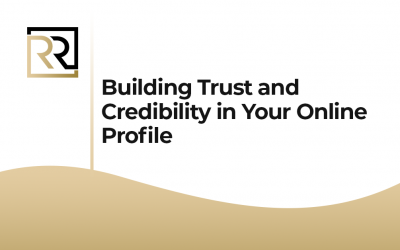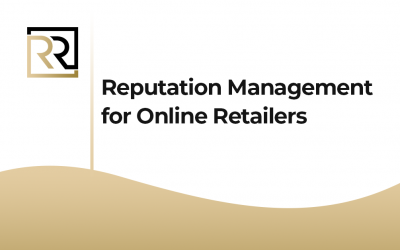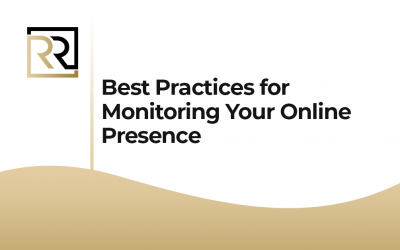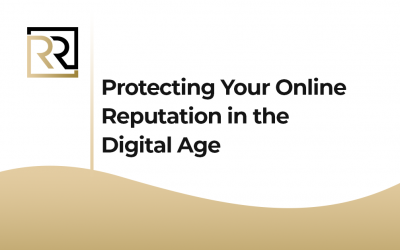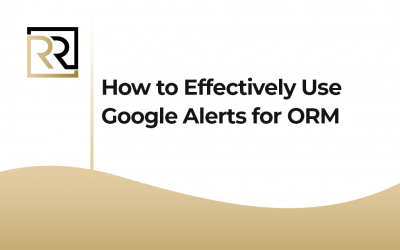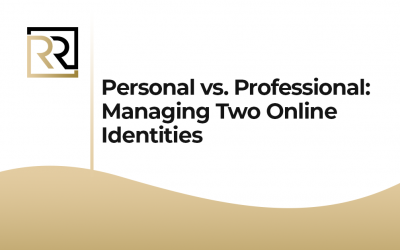How to Respond to Negative Reviews – Comprehensive Guide
A Comprehensive Guide on How to respond to negative reviews: Mastering the Art of Graceful Responses.
In the digital age, online reviews wield considerable influence over businesses and individuals alike. While positive reviews can be a powerful asset, negative feedback can be equally impactful, if not more so. Moreover, the way you respond to negative reviews plays a crucial role in shaping public perception. Therefore, in this comprehensive guide, we’ll explore effective strategies on how to respond to negative reviews gracefully, turning challenging situations into opportunities for positive engagement and corporate reputation management.
How to respond to negative reviews
1. Stay Calm and Objective:
When faced with a negative review, emotions can run high. Thus, it’s essential to remain calm and approach the situation objectively. Therefore, take a moment to gather your thoughts before responding. Remember that your response will be visible to the public, and maintaining professionalism is key.
2. Respond Promptly:
Timeline is crucial when addressing negative reviews. Thus, responding promptly demonstrates that you value customer feedback and are committed to resolving issues. Therefore, aim to reply within 24 to 48 hours to show that you are proactive and attentive to customer concerns.
3. Personalize Your Response:
Furthermore, avoid generic, automated responses. Besides, personalize your reply by addressing the reviewer by name and acknowledging the specific concerns they raised. This shows that you’ve taken the time to understand their situation and are genuinely interested in resolving the issue.
4. Apologize and Take Responsibility:
Also, regardless of the validity of the complaint, offer a sincere apology. Taking responsibility for the customer’s dissatisfaction demonstrates humility and a commitment to customer satisfaction. Phrases like “We apologize for your experience” or “We take responsibility for the inconvenience” convey empathy and accountability.
5. Empathize with the Customer:
Further, express empathy towards the customer’s experience. Acknowledge their frustration or disappointment and assure them that their concerns are being taken seriously. Ultimately, demonstrating empathy helps humanize your brand and shows that you understand the impact of the situation on the customer.
6. Move the Conversation Offline:
Besides, to resolve the issue more effectively, encourage the customer to continue the conversation privately. Therefore, provide contact information or direct them to a customer service representative who can address their concerns in detail. This helps prevent a public back-and-forth and allows for a more personalized resolution than conversation through social media.
7. Provide a Solution:
Offer a practical and constructive solution to the problem. Whether it’s a refund, a replacement, or additional support, demonstrate your commitment to rectifying the situation. Thus, a proactive approach to finding a resolution can turn a negative experience into a positive one for the customer.
8. Highlight Positive Aspects:
Also, while addressing the negative aspects of the review, take the opportunity to highlight positive aspects of your product or service. Share relevant information about your company’s values, commitment to quality, or any accolades that showcase the strengths of your business.
9. Encourage Further Feedback:
Encourage the reviewer to provide additional feedback, either privately or through other channels. This shows that you are open to continuous improvement and value customer opinions. Also, turning a negative review into an opportunity for constructive dialogue can help rebuild trust.
10. Learn and Adapt:
Use negative reviews as learning opportunities to identify areas for improvement. Therefore, analyze recurring issues mentioned in reviews and implement changes to address them. Demonstrating a commitment to ongoing improvement can positively impact your brand’s reputation over time.
Conclusion: How to Respond to Negative Reviews
Responding to negative reviews gracefully is an essential skill in the digital landscape. By staying calm, responding promptly, personalizing your replies, apologizing and taking responsibility, empathizing with customers, moving the conversation offline, providing solutions, highlighting positive aspects, encouraging further feedback, and learning from feedback, you can navigate the challenges of negative reviews effectively. Remember, a well-handled negative review can not only salvage the customer relationship but also showcase your brand’s dedication to customer satisfaction and continuous improvement.
Services
Our Services
Search Engine Content Removal
Social Media Content Removal
Positive Content Creation
Online Reviews Optimization
Search Results Optimization
Learn
Our Blog
Building Trust and Credibility in Your Online Profile
Building Trust and Credibility in Your Online Profile Further, in the digital age, establishing trust and credibility in your online profile is paramount for personal and professional...
Reputation Management for Online Retailers
Reputation Management for Online Retailers Further, in the fast-paced world of e-commerce, building and maintaining a positive online reputation is paramount to success. Thus, with countless...
How to Combat Fake Reviews and Protect Your Brand
How to Combat Fake Reviews and Protect Your Brand Wondering how to Combat Fake Reviews? In general, in the digital age, online reviews wield tremendous influence over consumer purchasing...
Best Practices for Monitoring Your Online Presence
Monitoring Online Presence In today's hyperconnected world, monitoring online presence plays a pivotal role in shaping your personal and professional reputation. Starting from social media...
The Connection Between SEO and Online Reputation
SEO and Online Reputation Further, in the digital realm, where visibility and credibility reign supreme, the relationship between search engine optimization (SEO) and online reputation...
Protecting Your Online Reputation in the Digital Age
Protecting Your Online Reputation In an era dominated by digital interactions and virtual connections, protecting your online reputation holds immense significance. Whether you're an...
The Power of Positive Online Branding for Entrepreneurs
The Power of Positive Online Branding for Entrepreneurs The Power of Positive Online Branding, in the dynamic world of entrepreneurship, establishing a strong online brand presence is not...
How to Effectively Use Google Alerts for ORM
How to Effectively Use Google Alerts for ORM Use Google Alerts for ORM, in today's digital landscape, maintaining a positive online reputation is essential for individuals and businesses...
Personal vs. Professional: Managing Two Online Identities
Online Identities - Navigating Personal and Professional Spheres in the Digital Realm In the digital age, where our lives seamlessly intertwine with online platforms, the question of managing...



